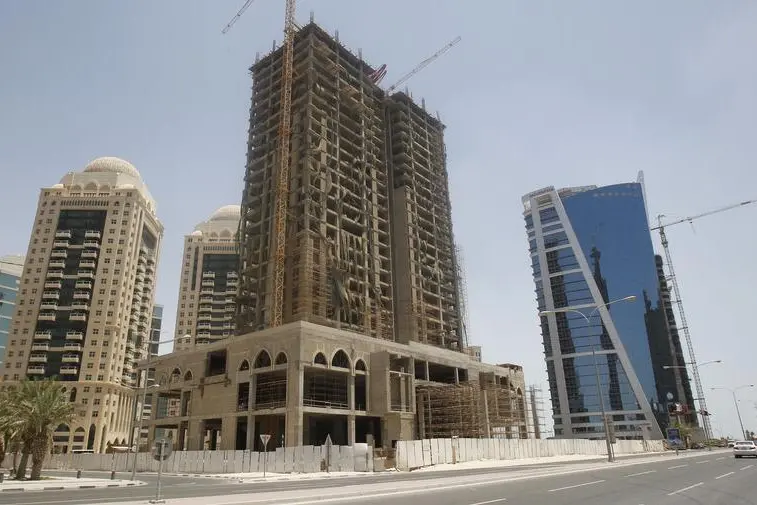PHOTO
By Mohammad Shoeb
With the fall in residential rents throughout the first 9 months for the year, rents for housing units stabilised to some degree in fourth quarter of last year (Q4, 2016). Overall, residential rents fell by an average of between 5 percent and 10 percent in 2016, said DTZ, a leading real estate services firm in a presentation yesterday.
There has been an increase in good quality ‘affordable’ accommodation in peripheral suburbs, and it expects that the completion of additional residential property in 2017 will help to relieve the upward pressure on rents, which has been experienced in recent years.
Demand for residential accommodation in areas such as the Pearl-Qatar, West Bay, Al Sadd and Bin Mahmoud, has fallen from pre-2015 levels as the fall in oil prices reduced the recruitment drive that had been in evidence since 2011. Reduced demand, coupled with an increase in supply of prime and secondary housing units, saw rental levels decrease in many residential neighbourhoods for the first 9 months of 2016, however recent months have seen rental levels stabilise.
Commenting on the hospitality sector, hotel performance declined in Q4, continuing the trend witnessed over the past two years. The fall in occupancy rates and revenue per room is a result of a fall in tourist numbers to Qatar, coupled with significant new supply that has come to the market since 2014.
On the supply of retail space, DTZ said with the opening of Qatar’s largest retail mall, Mall of Qatar, in the fourth quarter, the total supply of organised retail supply has now increased to 838,000 square metres (sqm).
It also highlighted that the retail real estate market continues to perform strongly in Qatar despite a reported fall in retail sales of between 10 percent and 15 percent since 2015.
“In November, Qatar signed up to a cut of 4.5 percent in crude output as part of Opec’s attempts to boost oil prices by restricting production. It is hoped that the Opec deal will restore confidence in the economy and in the real estate market in Qatar, after a period of uncertainty,” noted the report.
Providing an update on prime office market outlook, it said that the rents for office space fell by an average of between 10 percent and 15 percent in 2016, due to lower demand and an increase in new supply. An increase in demand witnessed in Q4 will need to be maintained to avoid market oversupply levels in 2017 and beyond
Total purpose built office supply in Doha is estimated to be in the region of 4 million sqm, of which 1.63 million sqm is situated in the West Bay area. There is currently in the region of 300,000 sqm available to lease in West Bay, reflecting an availability rate of 17 percent of prime stock.
Regency Tower on Majlis Al Taawon St is the most recent addition to the West Bay office market, with more than 23,000 sqm of gross leasable accommodation.
In 2017, DTZ anticipates that QP district will complete, adding a further 230,000 sqm to the existing supply in West Bay supply. A number of new office buildings in Lusail are also due to complete shortly, which will increase the existing supply of approximately 134,000 sqm.
Between 2008 and 2014, approximately 70 percent of prime office leases in West Bay were signed by either oil and gas companies or government related bodies.
However, the firm also noted that the government spending cutbacks in the wake of lower oil prices has resulted in a fall in office demand since 2014 as the public sector withdrew from the market.
© The Peninsula 2017












